In 2017, Volvo brought S90 and XC60 products, which have been the main sales force of Volvo for five years. Although it is often necessary to attract users with huge discounts, in terms of sales volume, relying on these two main models, Volvo’s performance in the past five years can be described as brilliant. However, as the product strength became more and more old, Volvo’s sales began to decline, and it was time for Volvo to innovate.
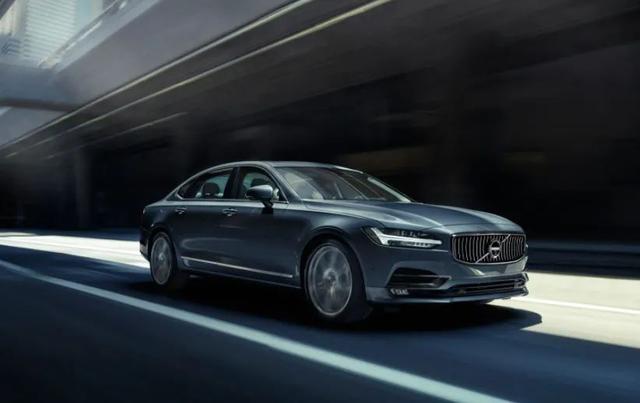
Looking forward to the stars and the moon, Volvo finally released a flagship pure electric SUV—— some time ago. However, in its report, it was impressively written: "It is planned to be produced and sold in the United States in 2023 and localized in China in 2024." In other words, Volvo, whose current main force has already appeared tired, has released new electric products, but it will take two years to meet consumers. Some insiders believe that the pace of Volvo is still so slow in the new energy era, and it is afraid of being abandoned by the market.
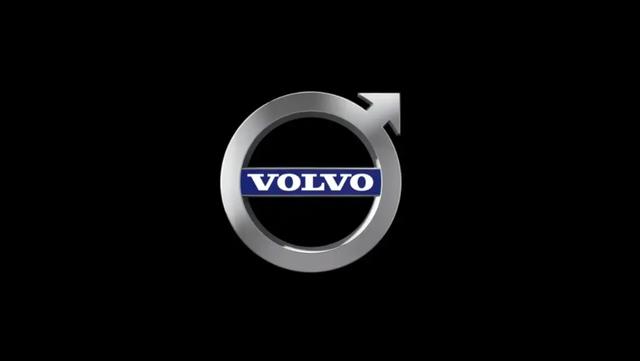
At present, if we only look at the sales data of Volvo, there is something gratifying, because in this market where the epidemic situation is repeated and traditional luxury cars and fuel vehicles are eroded by new energy sources as a whole, compared with those friends who are prone to decline by more than ten or twenty points, the cumulative sales of Volvo in the first 11 months of this year has declined by 7.4%.
But Volvo’s real pain lies not in its sales volume, but in its price and brand image: as early as two or three years ago, Mercedes-Benz and Lexus were still increasing their prices, but XC60 was already in a state of "fracture price", with an average discount of 60,000 to 70,000 yuan, and S90 in some areas could even be discounted by 100,000 yuan. On the surface, Volvo’s guide price can still keep up with the first-line luxury, but in fact its price system has almost slipped to the point of competing with joint ventures for the market.
Judging from the financial report, as early as 2019, Volvo’s operating profit in the first half of the year fell by 30%; In the second half of the year, the growth rate of 0.8% was barely maintained through layoffs and other means. In the first half of this year, Volvo’s revenue alone fell by 14.1%; The net income has been completely negative, with a negative growth of SEK 1.171 billion, which dropped by 134.5%. During this period, although Volvo has set foot in PHEV, the actual performance of T8 power is not inferior to that of BBA, but Volvo’s popularity in the hybrid world is not as high as its "Raytheon Hammer" headlights. At this point, Volvo is in urgent need of an innovation.
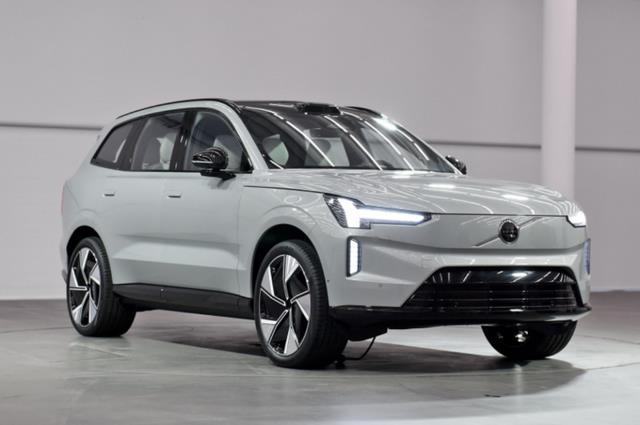
Fortunately, in the era of electrification, BBA and Lexus, the top four traditional luxury markets, have not come up with strong gestures and products, and consumers no longer give face to their brands and popularity. This can be said to be an excellent opportunity for other so-called "second-line luxury" to break through.
Volvo’s attitude of transforming into electrification is also quite firm: first, it transferred the main shares of Aurobay to Geely, and at the same time announced that it would stop production of pure fuel vehicles in 2025, which announced that it officially withdrew from the research and development of internal combustion engines and focused on electrification. However, the flagship electric technology exhibited by EX90, as well as the latest design, technology and concept, cannot help worrying about Volvo’s future.
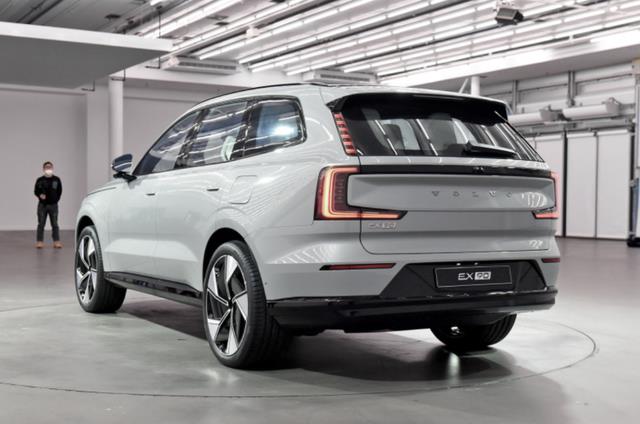
First of all, this car was built on the SPA2 platform. Although this is an upgraded platform of SPA, SPA is an oil-electricity sharing platform that has never exploded and has never had a well-known black technology. Even the initiator of Volvo’s big price reduction came from this platform. The upgraded SPA2 is also not surprising: the maximum battery life of the EX90 is only 600 kilometers, and the minimum is only 467 kilometers (competing products can generally be 50-100 kilometers higher); The 8155 chip (which is the mainstream now, and will certainly be compared in two years) used for car engines, and the driving assistance computing power is 250TOPS (now many domestic flagships have a computing power of over 1,000, and most high-end models are in the range of 407Ps, 770N·m, 503Ps and 910N·m), but this is also compared with other traditional luxury brands.
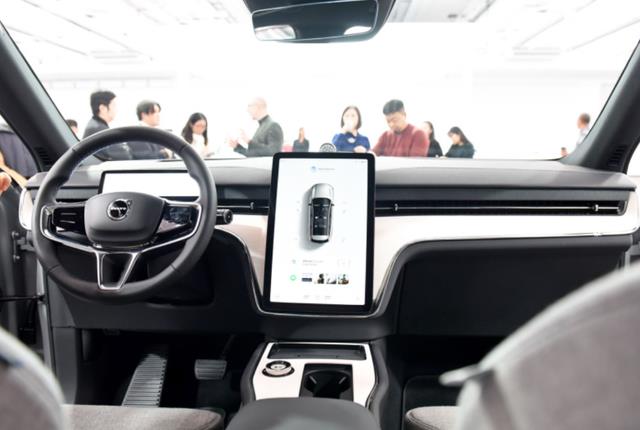
In addition to the book parameters, the face value of EX90 also gives people a feeling of "XC90 pure electric version" (of course, this is indeed shared by oil and electricity platforms). Not only is the appearance lacking freshness, but the simple interior is also difficult to remind people of the word luxury. In addition to these most important information, EX90 is left with some "flowers": for example, its seat is made of environmentally friendly materials made of PET plastic bottles and resin; For example, the car will be equipped with sensors to detect whether children or pets are left behind; It can even charge in reverse, and use its cruising range of up to 600 kilometers to "feed back" the power grid or other vehicles.
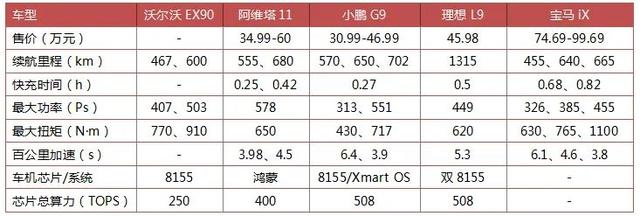
As for the product strength of EX90, to be honest, even if it goes on the market at the end of 2022 and sets a price similar to that of XC90 (starting at 500,000), compared with its competitors, it is in a state where there are basically no advantages but many shortcomings. Compared with the new cars produced in recent years, the disadvantage of EX90 is even greater.
To give a few simple examples, the 11.4 million version of Aouita can have a battery life of 680 kilometers, and the entry version has a horsepower of 578Ps; Tucki G9 not only reached 700+, but also gave 508TOPS computing power; And those extended-range players who have broken thousands of battery life are even more annoying. In addition, technologies such as in-car life detection and reverse charging have already been seen in the domestic camp. The strength of EX90, which is average in book and not new in technology, is dangerous even in the 400,000-level market. But EX90 not only has a high probability that the price will be higher than XC90, but also will not be made in China until two years later … Such a performance certainly makes people uninterested.

More importantly, as a flagship, EX90 not only has low expectations, but also makes people’s thoughts on Volvo’s new products drop to freezing point. Is the future Volvo electric car the appearance of this current model after changing from oil to electricity, with a simple vertical screen interior? Compared with the extreme krypton that has blossomed in the high-end market, is Volvo’s future performance and battery life just like this? For the increasingly important intelligent travel, is Volvo such a mentality of running behind others? If so, in the new energy era, let alone Volvo’s luxury status, it will lack characteristics and competitiveness even if it is downgraded to an ordinary brand.
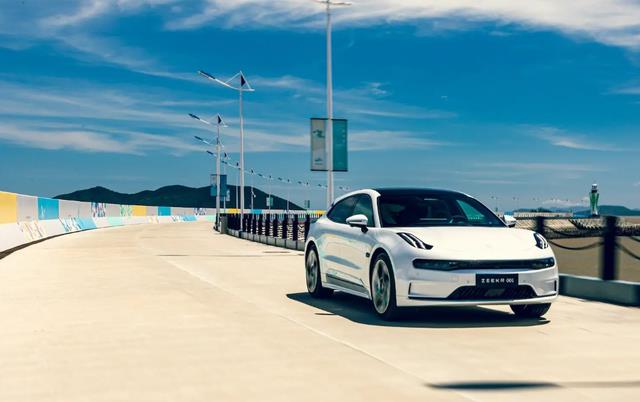
It must be said that Volvo, which is slow in electrification and weak in strength, not only faces being abandoned by the market, but also seems to be at arm’s length with Geely Group. Two years ago, the two companies announced that they would really merge into a group company, but the result after that was not only that the merger failed, but also that their cooperation in the power field came to an end. During this period, not only did Krypton successfully rush into the mid-to-high-end electric vehicle market of 300,000-400,000 grades, but also the geometric new energy, which is the main entry-level market, became the enemy of Ai ‘an. Geely even used the vast structure of SEA to help smart jump from the 100,000-grade fuel market to the 200,000-grade pure electric vehicle market, and the monthly sales volume of 1,000+was also higher than before.
On the other hand, Volvo is determined to realize electrification as soon as possible, but its real strength is still in the stage of plug-in+oil-for-electricity exchange. No matter whether SPA2 compares with the vast architecture of SEA or EX90 competes with Krypton 001, Geely can’t pretend to be a "teacher" when it comes to electrification, but it needs to ask this "senior" some difficult problems about the China market. The reason why the merger of the two companies broke down is probably because Volvo, whose car business was only $1.8 billion at the beginning, has an IPO valuation of nearly $30 billion after ten years of growth, which makes it have the idea of going solo, and perhaps makes it offer a price that even Geely, a "diamond VIP" in the acquisition industry, can’t bear in the merger negotiation.
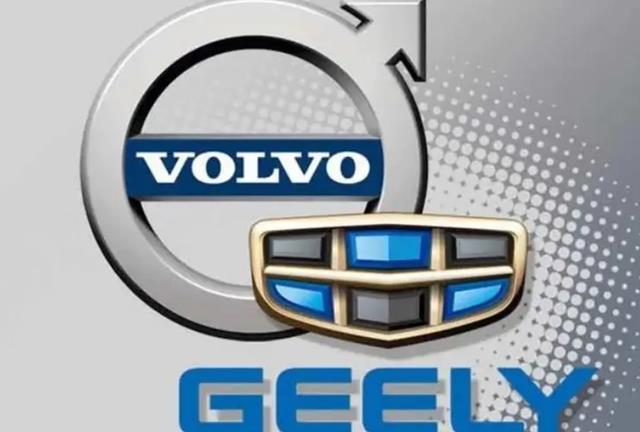
In fact, Volvo needs Geely more now than it did 12 years ago. Not only because of the huge capital investment required by electrification technology, but also because of Geely’s achievements and strength in this field. For example, in the embarrassing period when Volvo’s sales and profits are both declining, Geely’s vast SEA architecture can help it tide over the difficulties.
However, these two brands in the same group began to "play their own games" in the field of electrification, which needs to concentrate on doing big things: they are extremely separated and independent; Volvo has never been able to use the vast structure of SEA. After 12 years, the couple finally began to sleep in separate rooms. Judging from the situation, Volvo’s soaring valuation is only temporary, and Geely, which has already taken off geometrically, has grasped the future. If we really want to part ways, Volvo may be the one abandoned by superior resources.
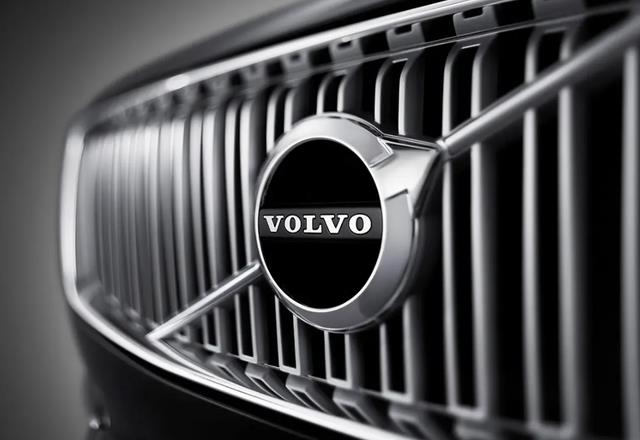
Summary:Among many luxury brands, Volvo never shows its edge, and rarely shows its ambition to surpass anyone. From the cost performance of products to the main concepts of safety and environmental protection, it even has many unique places. But after these years, Volvo’s main ideas have not been further recognized by domestic consumers. The slow pace of updating has led to a brand that cannot catch up with the high-end market at the price level and must be discounted in the main market. Faced with this situation, Volvo’s determination to cross the rubicon and "fully and quickly" electrify is worthy of recognition, but its achievements are obviously difficult to reverse the current decline. What’s more, the localization time of EX90 has been set in 2024, and it and Geely have begun to "drift away" in technology … So, Volvo may once again usher in a cold winter.
关于作者